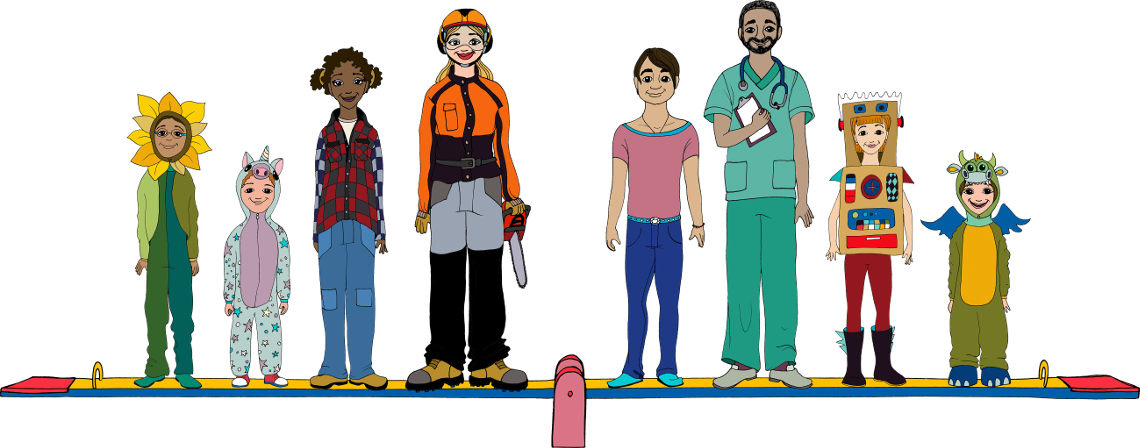Goals

Brief description of the issue
Gender stereotypes can have a negative impact on teenagers’ self-esteem, especially for those who don’t or can’t conform to those stereotypes. Gender stereotypes are widely shared through the media and contribute to teenagers’ understanding of the roles expected from men and women in society. It is therefore important to put specific activities on this topic in place (like this one!) to break down gender stereotypes with teens.
This lesson plan named Gender Stereotypes and Body Image is promoted by MediaSmarts, “a Canadian not-for-profit charitable organization for digital and media literacy. Our vision is that children and youth have the critical thinking skills to engage with media as active and informed digital citizens.” It however has been taken from the Violence-Prevention Curriculum Healthy Relationships, produced by Men For Change, a Halifax, Nova Scotia advocacy group.
According to the website’s description, this lesson plan aims at making “students aware of the dangers of gender stereotyping and the media’s role in perpetuating gender stereotypes.”
Following this activity, open up a discussion with students about how stereotypical images found online, on social media, and in video games might affect our desire to dress a certain way. You can use the following reflection questions:
- Why do we want to look like the images we see online? Is this realistic or achievable?
- What is important to you when choosing your clothing?
- Possible answers: self-expression and personality, comfort, protection from the elements, sending a message, feeling beautiful and good about yourself, etc.
- Remind students that it is important to choose clothes that suit them, without trying to conform to beauty standards that are often unattainable. Emphasize individual well-being, self-esteem, comfort, and tell students that these criteria vary greatly from one person to another.
- What can we tell of a person based on the way he or she dresses?
- Possible answer: gender, culture, religion, favourite music, political opinions, etc. Question students about how they would know those things and if they can link them to gender stereotypes.
- Be careful of answers that could possibly be rooted in victim blaming (“how were you dressed on that day?”) and slut shaming (“asking for it”).
You can download the activity directly on MediaSmarts’ website or in the “Documents” section below.
